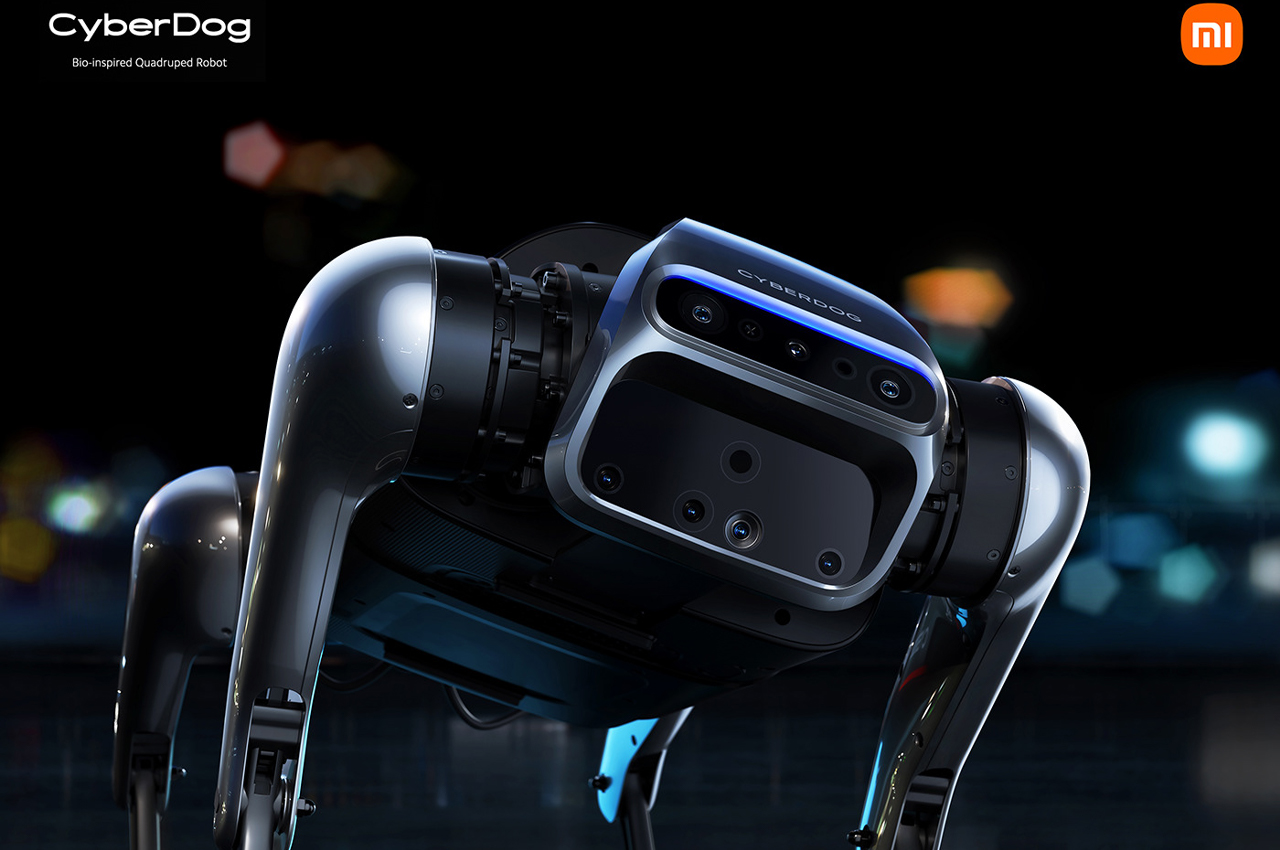
Quadruped robots hit the scene in 1976 and since then, they’ve been used for everything from unsafe forensic and governmental tasks such as bomb-sniffing and mine surveying to clinical tasks like connecting with patients to provide remote medical attention.
Quadruped technology is the talk of the robotics world. Four-legged robots are relied on by industries across the world for tasks that require a stable walking gait and agile mobility. Xiaomi, a Chinese tech company, recently unveiled more 3D renders of their own Quadruped robotic creation, CyberDog.
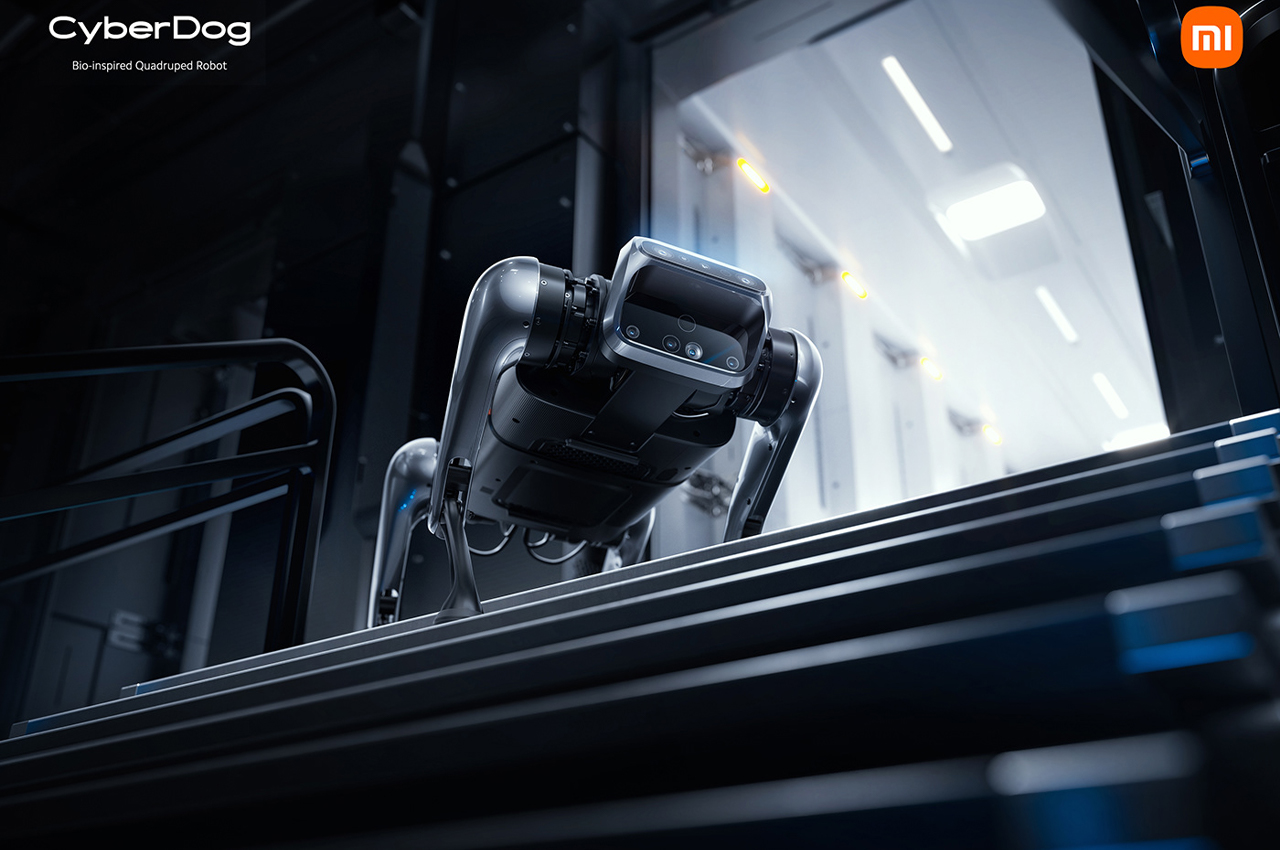

Currently, the bio-inspired, four-legged robot has been engineered as a robotic companion whose future technical capabilities are still in development. In a recent press release from Xiaomi, it’s said that CyberDog comes complete with “AI interactive cameras [and sensors], binocular ultra-wide-angle fisheye cameras, and Intel ® RealSense D450 Depth module, and can be trained with its computer vision algorithm.”
D450 Depth module, and can be trained with its computer vision algorithm.”
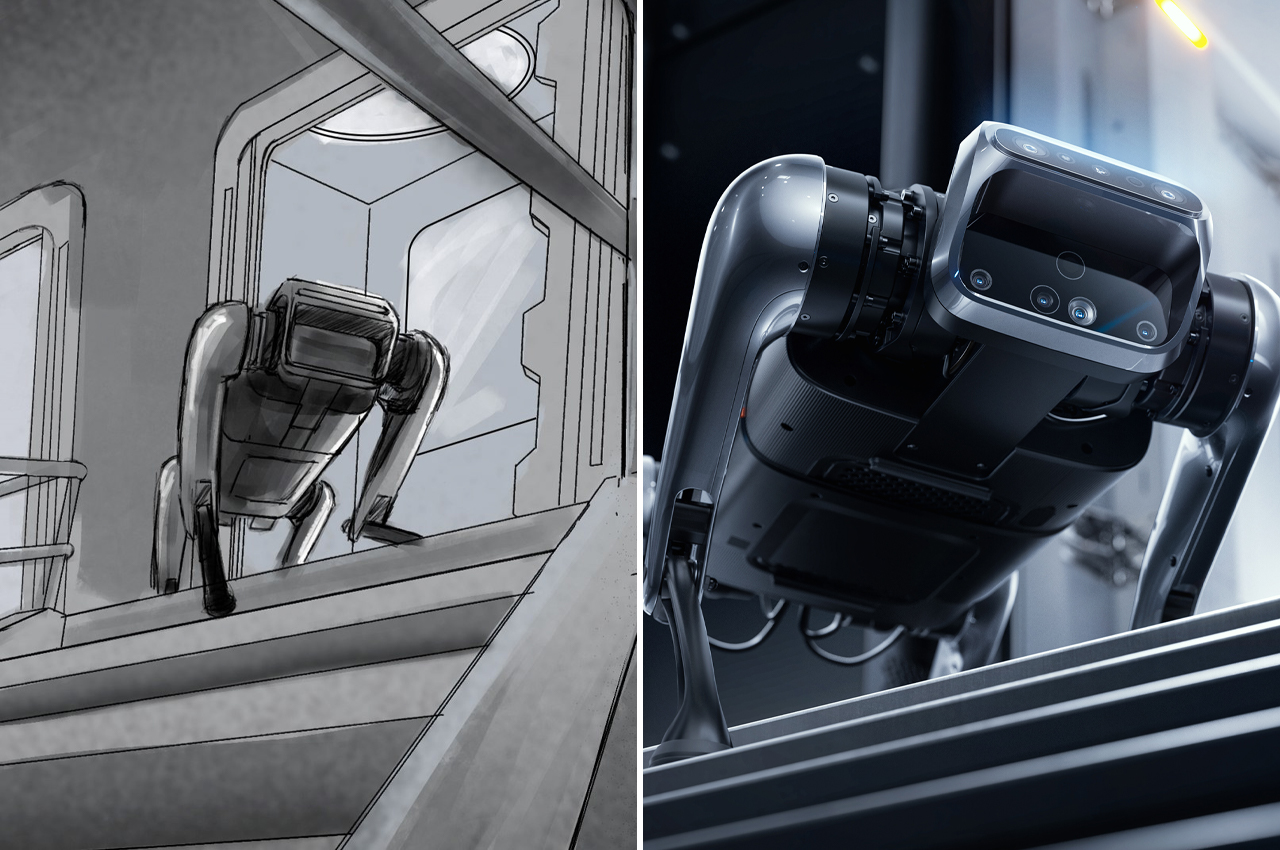
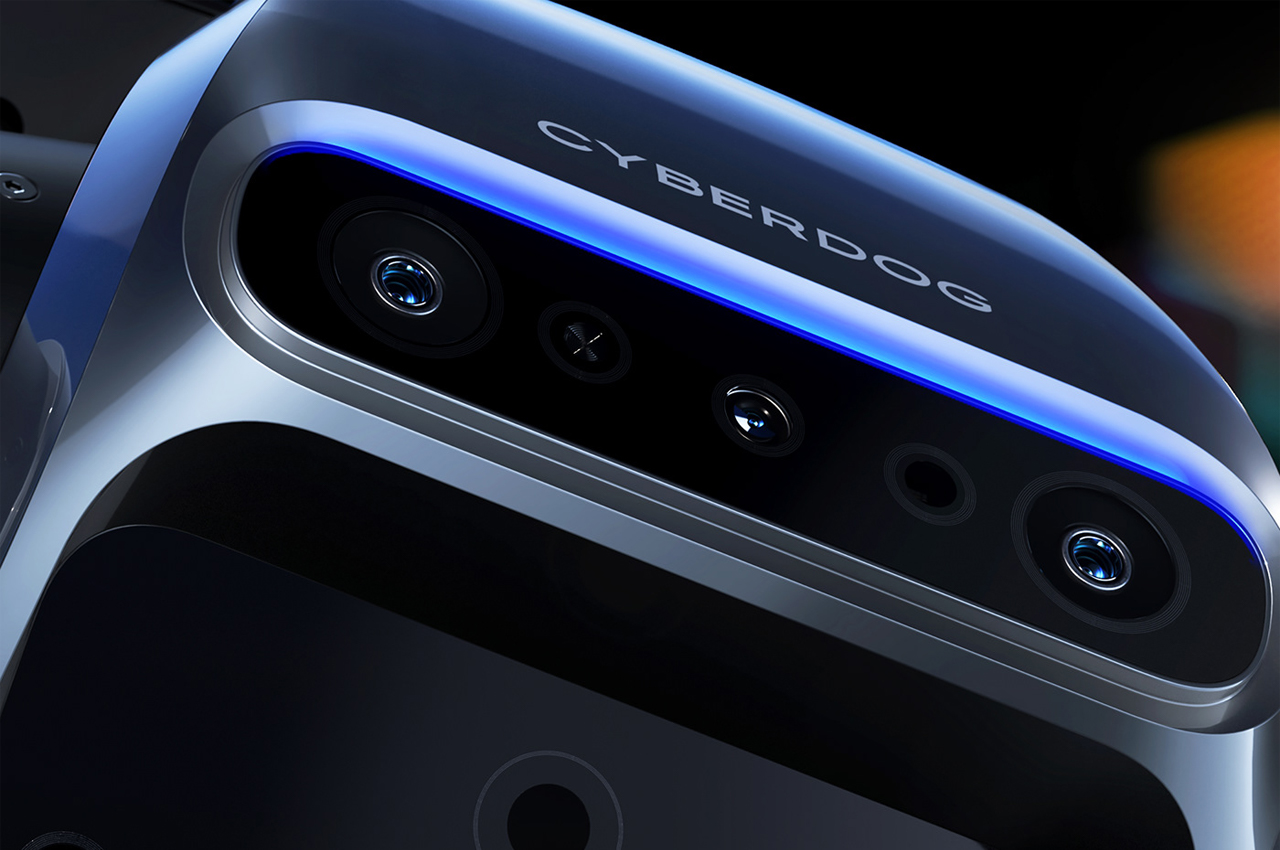
CyberDog’s external interface features an array of camera sensors. CyberDog’s involved vision sensor system allows the robot to carve out its own navigational map and analyze its surrounding environment in real-time, allowing it to look toward a destination and avoid physical barriers on the way. Currently, CyberDog’s integrated software allows the quadruped robotic companion to operate like a real dog.
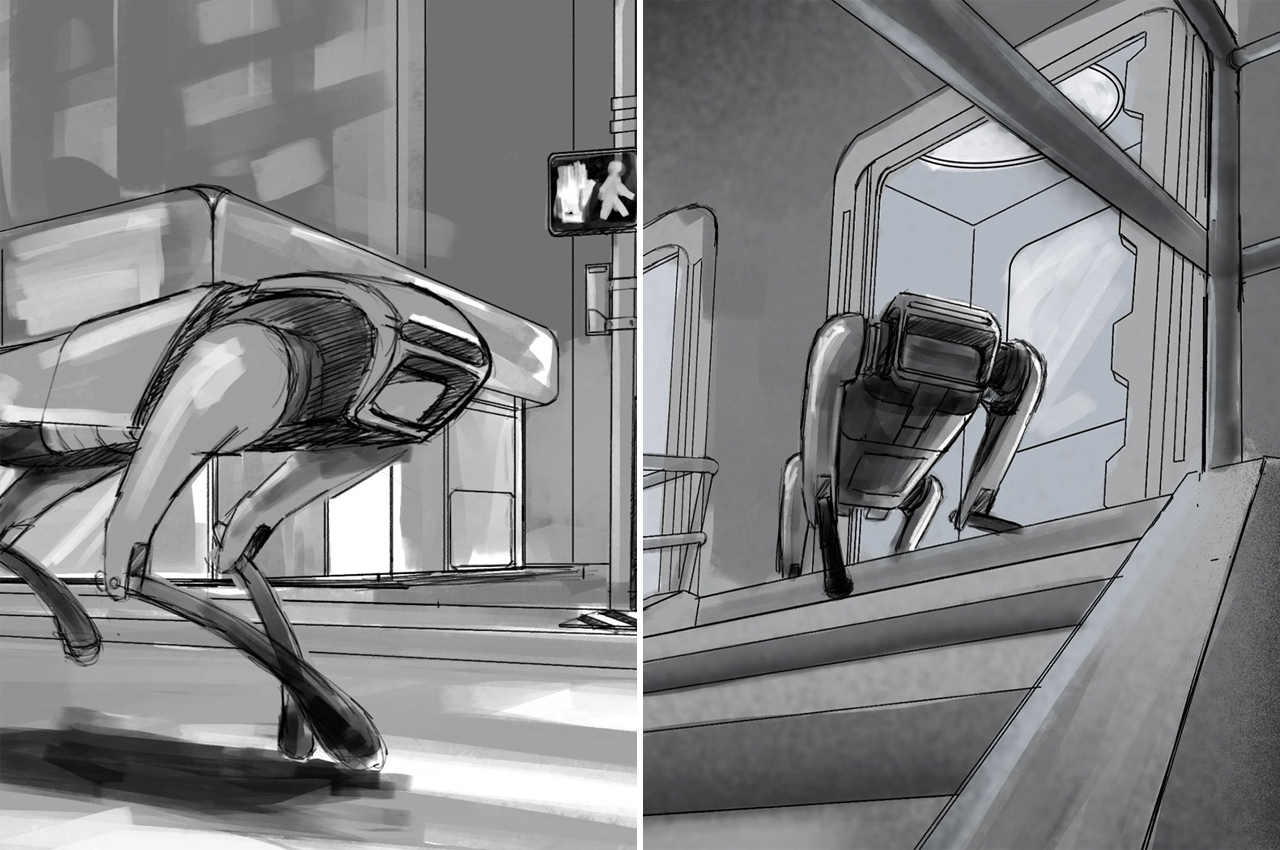
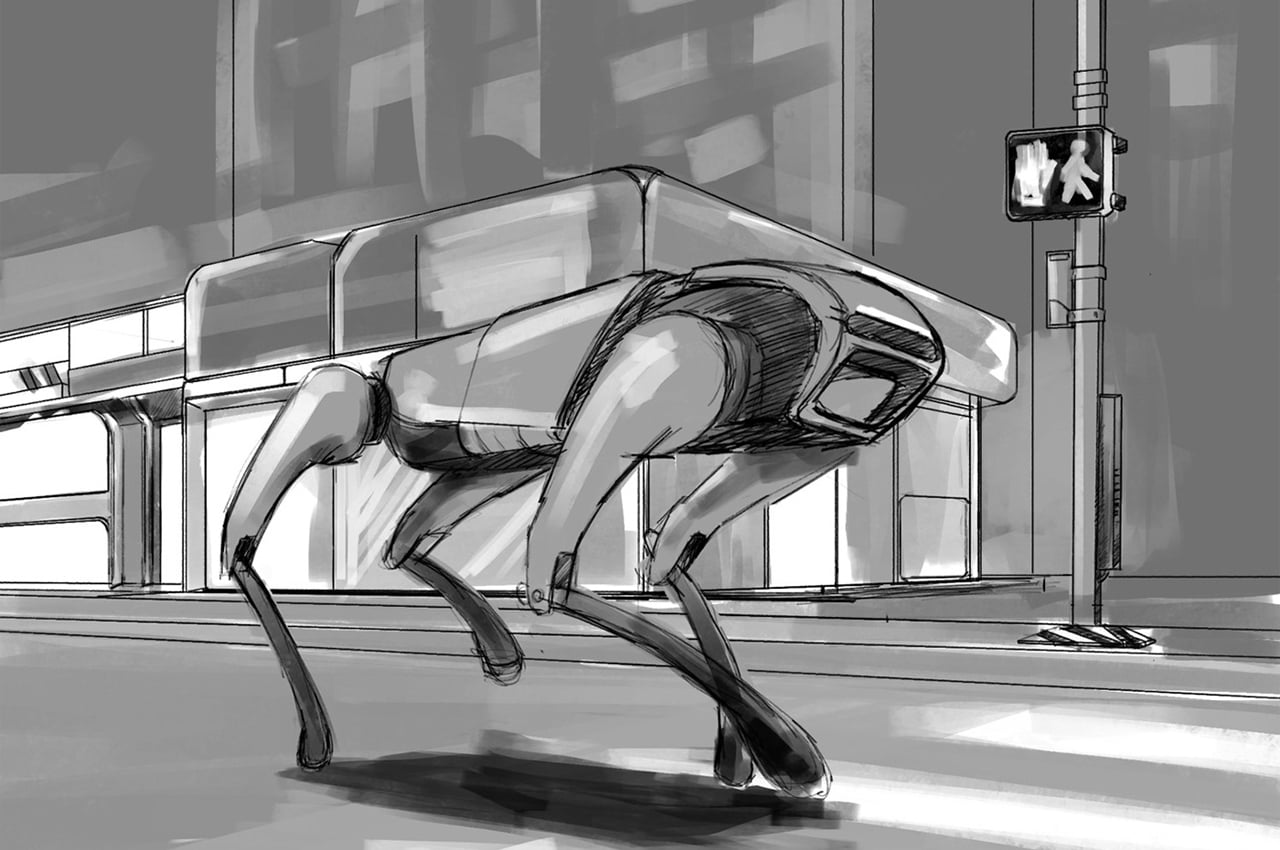
Inspired by the pet-like nature of canines, CyberDog also features built-in smart technology that allows posture and facial recognition, which means CyberDog can even follow its owner around like a real dog. Xiaomi filled CyberDog with 11 high-precision sensors that allow the robot to register, analyze, and interact with its surrounding environment. With a maximum torque output and rotation speed up to 32N·m/220Rpm, CyberDog can move at speeds up to 3.2 m/s.
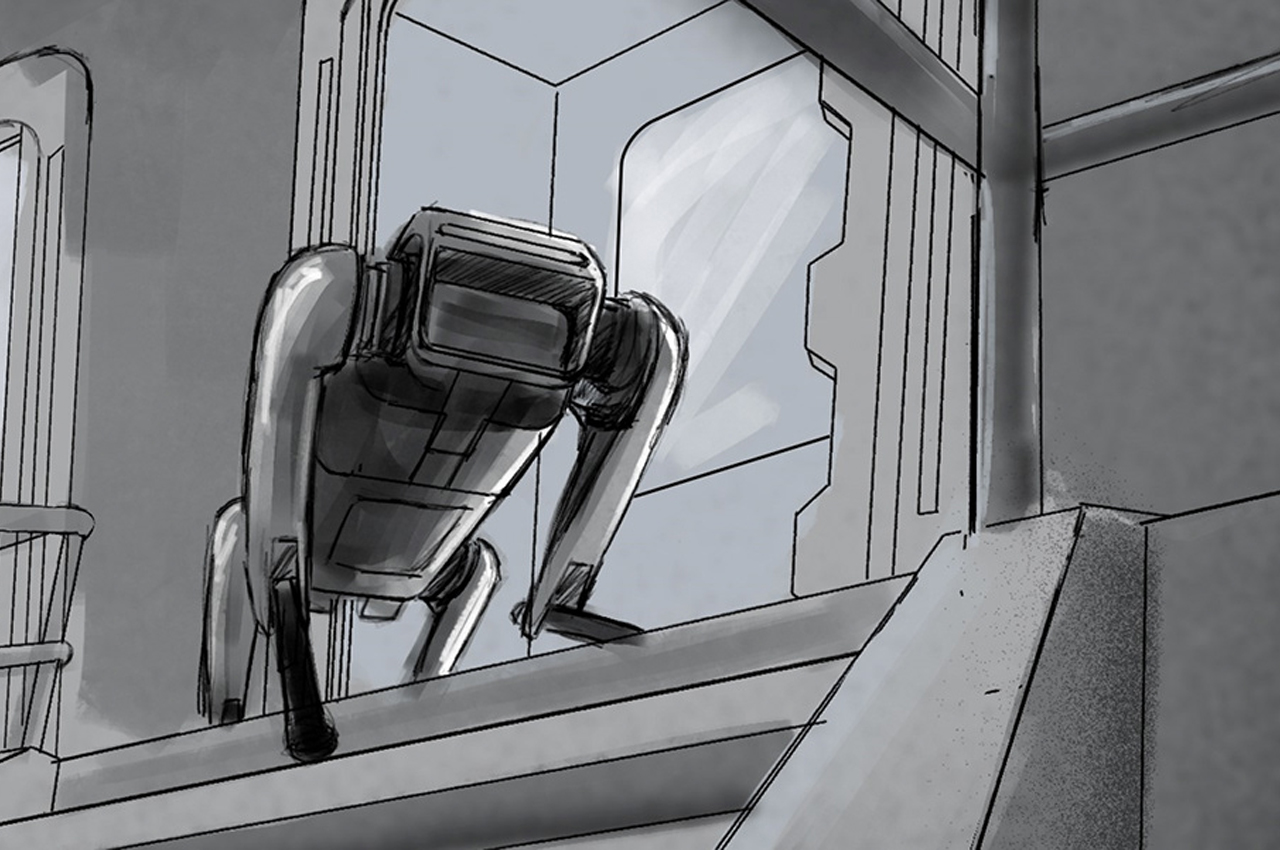

Syberdog also comes with 3 type-C ports and 1 HDMI port so users can attach hardware add-ons, Xiaomi describes, “be it a search light, panoramic camera, motion camera, LiDAR, or more.” In addition to its integrated biometric technology, CyberDog responds to voice commands like assigning tasks or operation control. Alternatively, users can manage CyberDog’s movement and direction via accompanying remote control or smartphone applications.
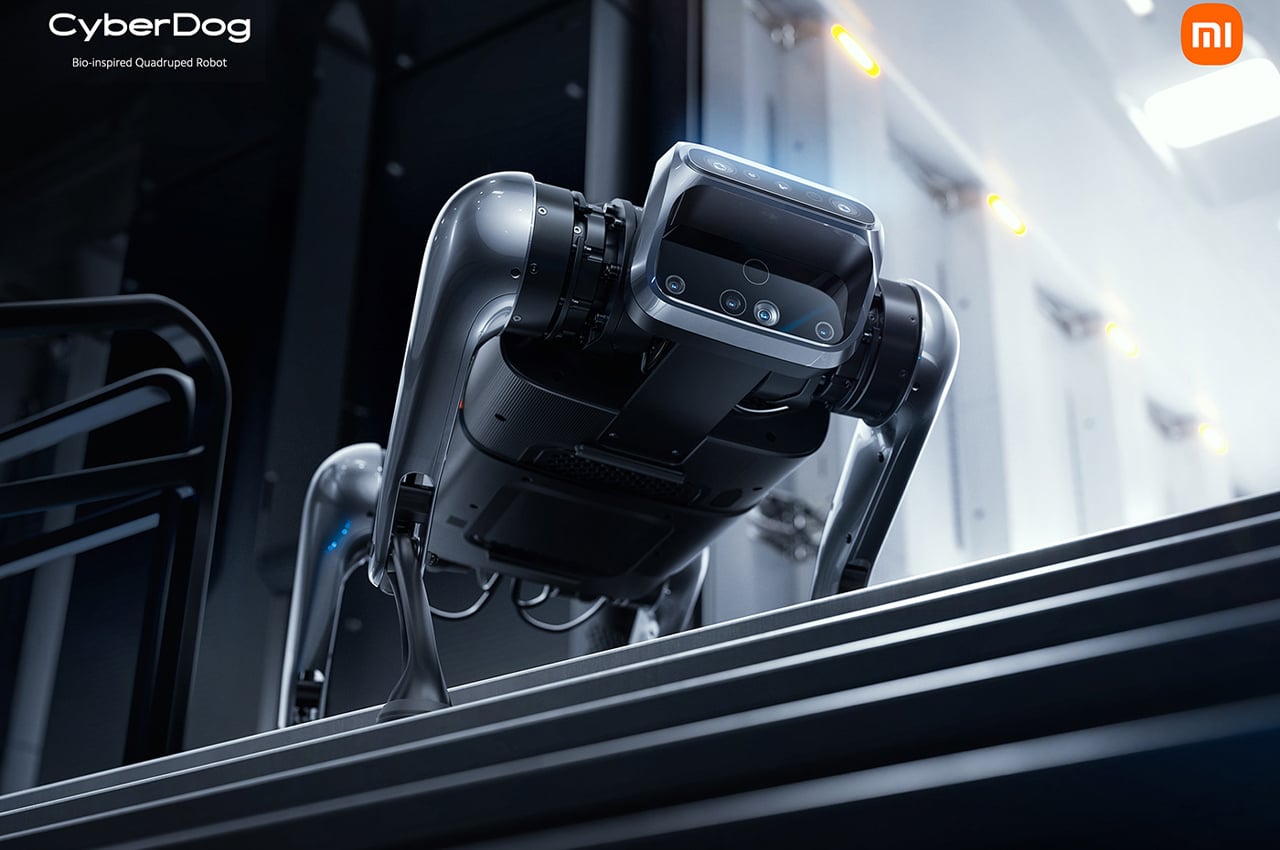
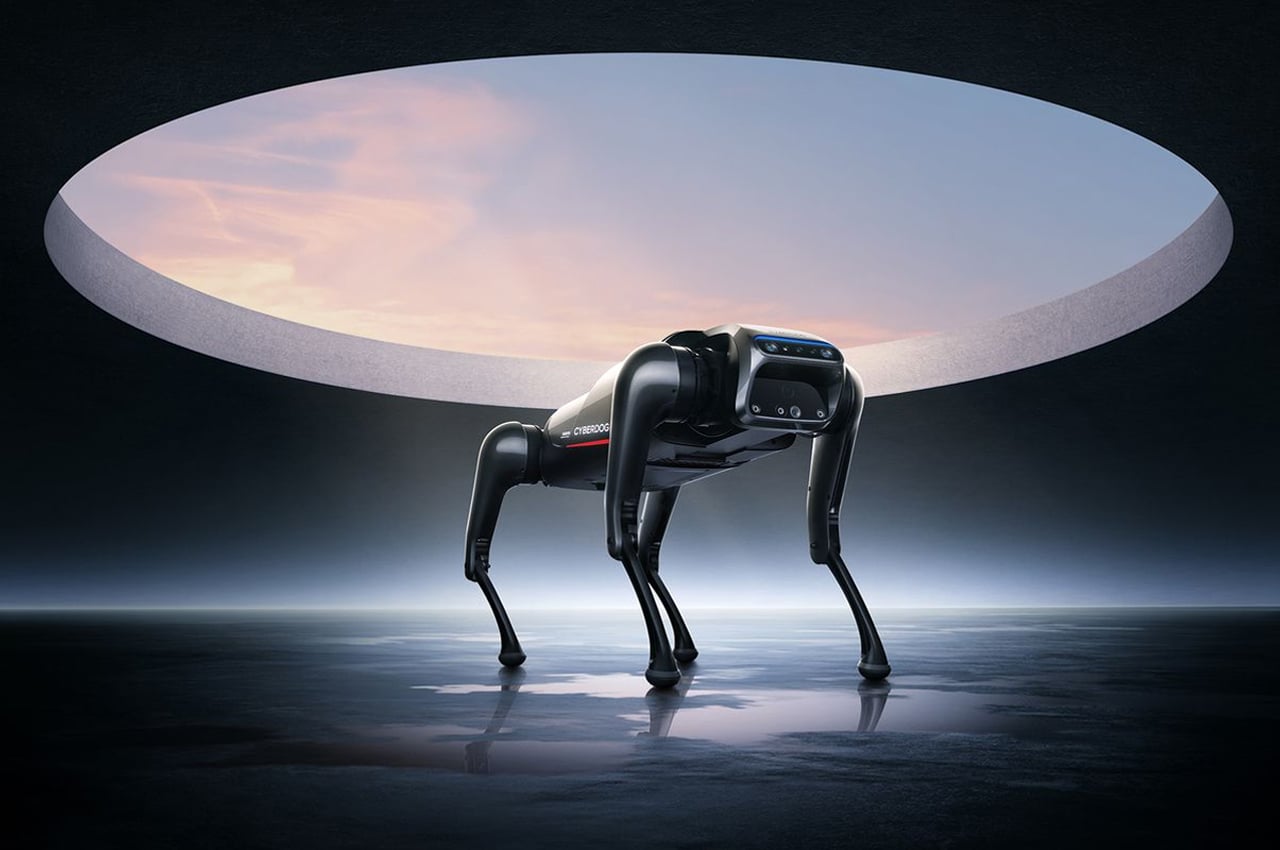
Expanding on CyberDog’s technical and managerial potential, a “rich external interface” includes 3 type-C ports and 1 HDMI port, allowing users to attach hardware add-ons or software systems to make acute improvements to CyberDog’s existing technology. On CyberDog’s ability to register commands, Xiaomi notes, “CyberDog can be called on for the most unique tasks, and the ways in which it can be interacted with holds unforetold possibilities.”
Designer: Xiaomi

Rubber bottomed feet allow CyberDog to move around rugged terrain and indoor settings alike.
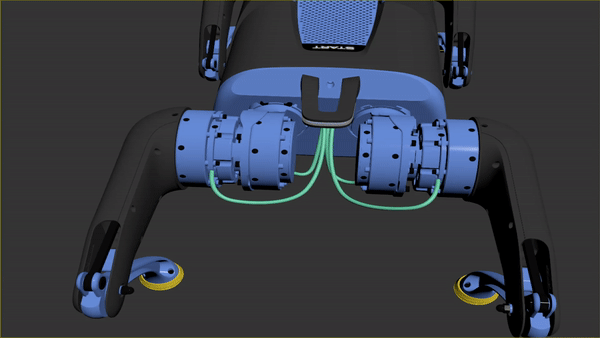
Hinged limbs allow CyberDog to move just like a canine animal.

CyberDog can even do push-ups. Only half-kidding. It can do push-ups, thanks to its 220 rpm32N-m maximum torque.
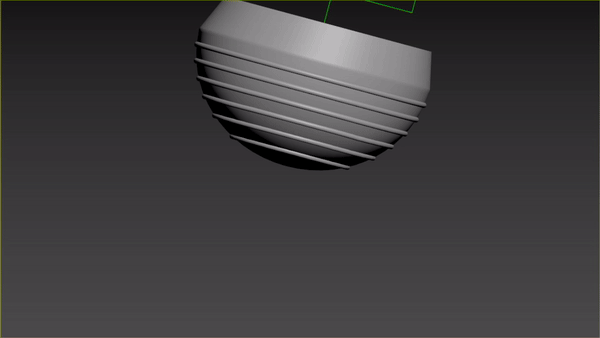
Soft rubber bottoms allow for soft and nimble treading.
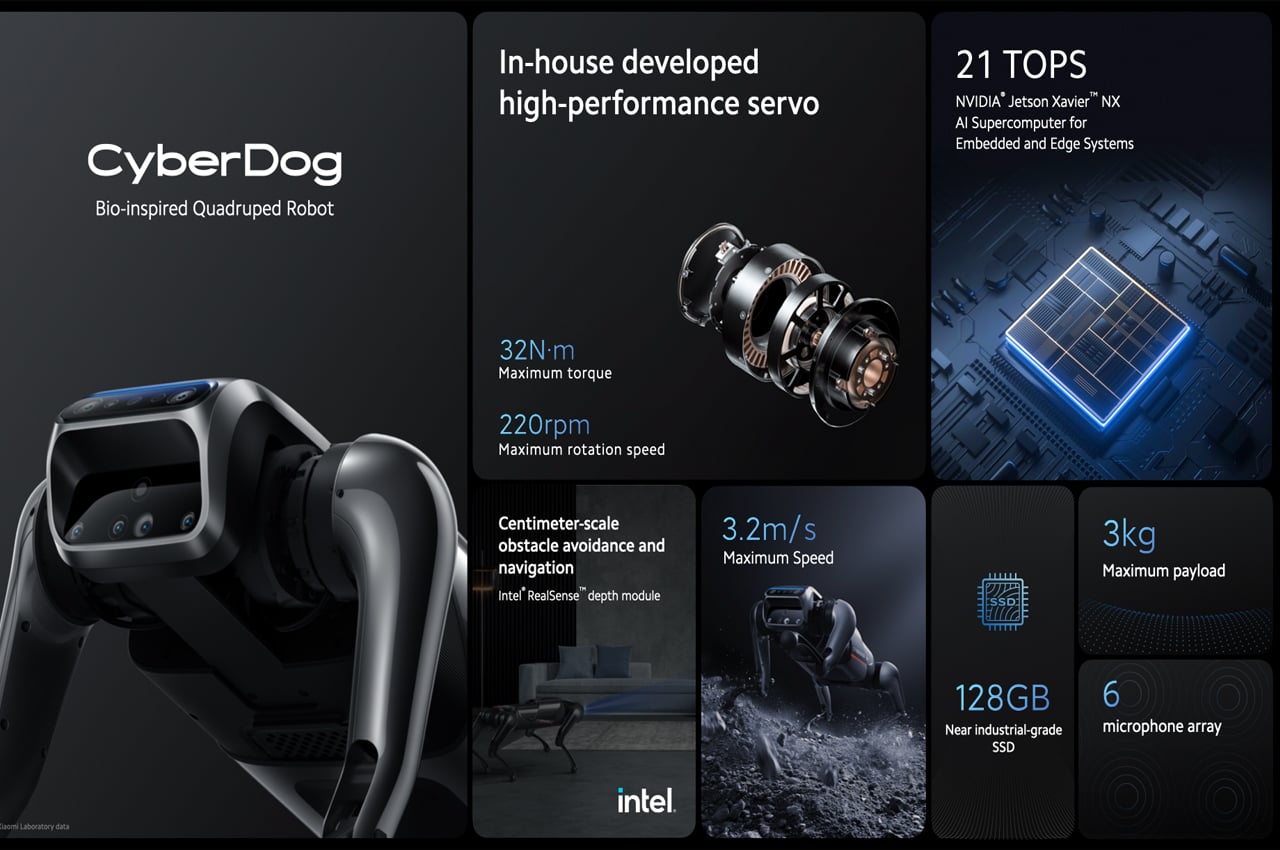

11 high-precision sensors fill out CyberDog’s internal wiring that give CyberDog the power to understand, analyze, and interact with its environment.
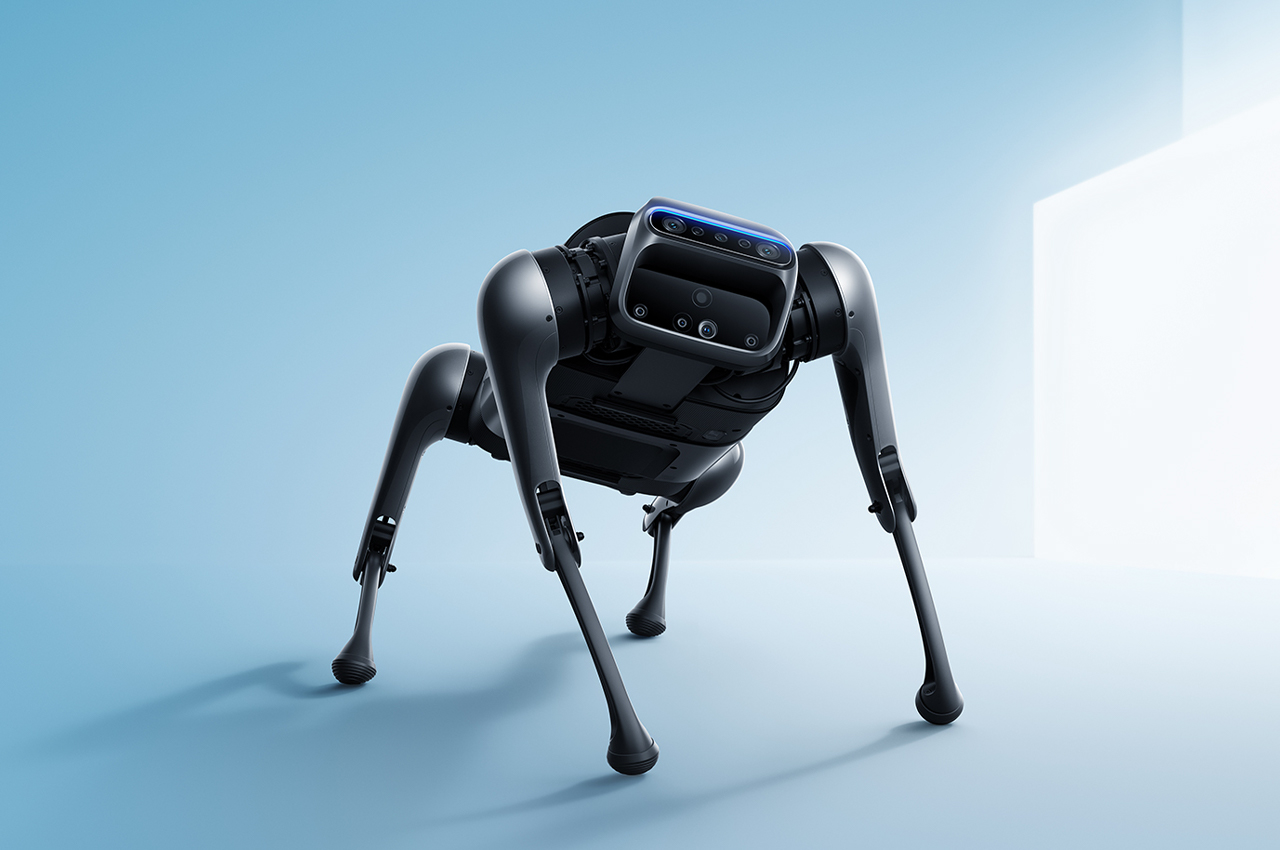
CyberDog comes equipped with voice command technology and facial recognition software so it can follow humans around and respond to tasks like a real canine might.
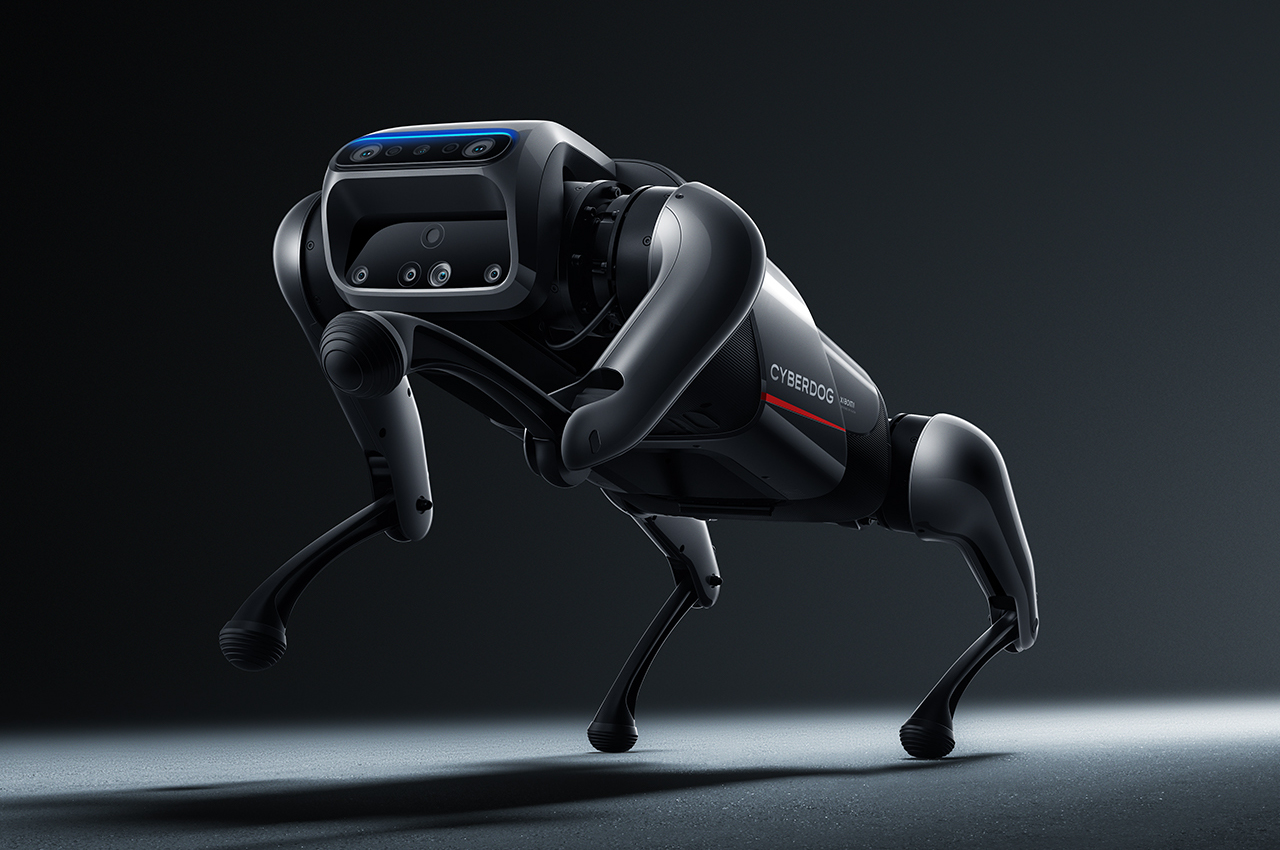
CyberDog can conduct high-speed movements up to 3.2 m/s.
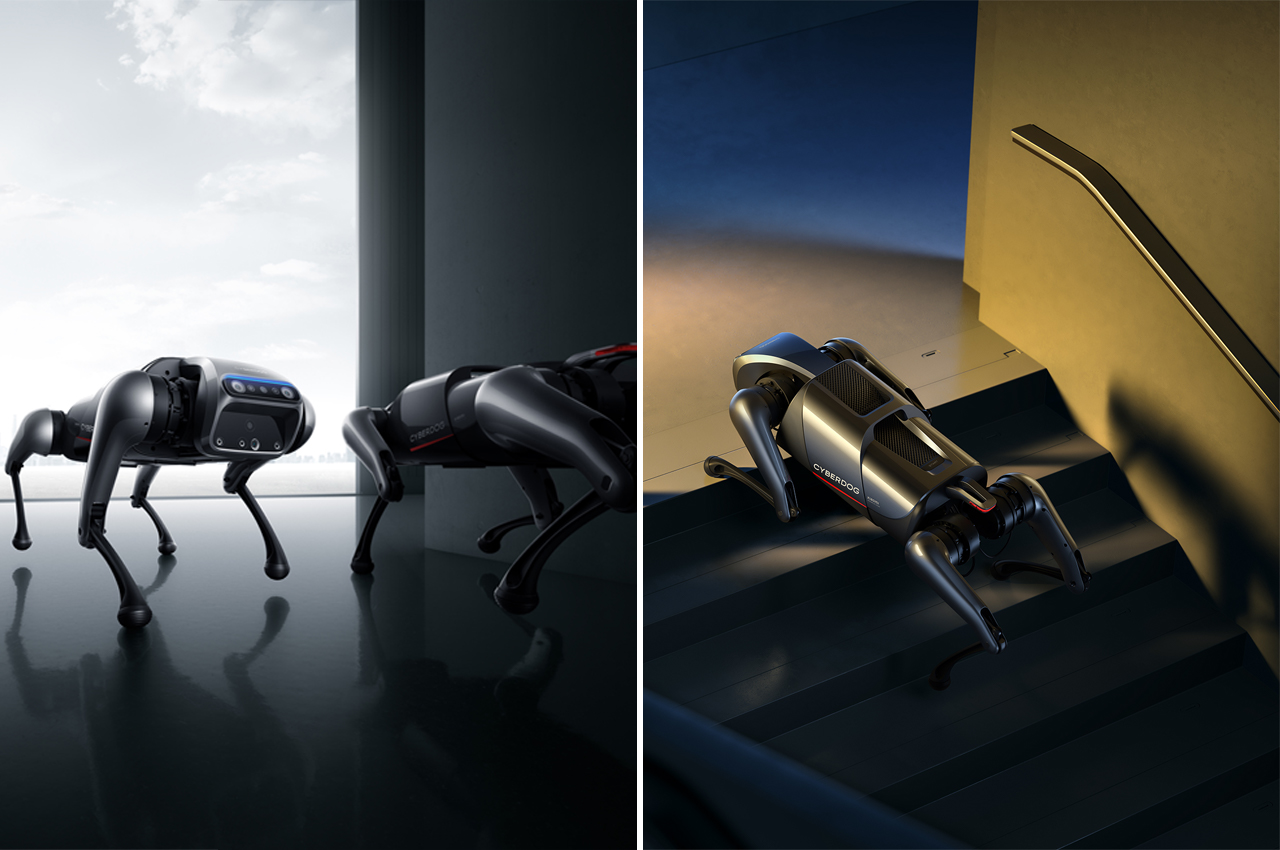


0 Commentaires